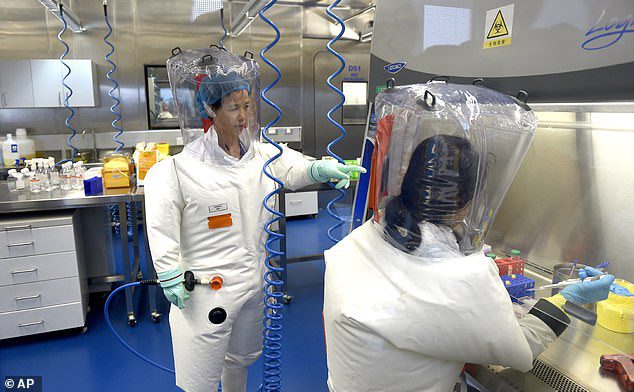
Author: Alexa Lardieri, U.S. Deputy Health Editor, DailyMail.com
Published: February 21, 2025, 10:23 EST
Updated: February 21, 2025, 10:58 EST
A recent study conducted by Chinese researchers has identified a new coronavirus with the potential to infect humans. The research, spearheaded by virologist Shi Zhengli—affectionately known as ‘Batwoman’ due to her expertise in coronaviruses—identified the virus, named HKU5-CoV-2, in bats located in China.
This newly discovered virus closely resembles SARS-CoV-2, the pathogen responsible for the global COVID-19 outbreak, and exhibits a heightened capability for human infection. It is particularly concerning because it can invade human cells, specifically those with ACE2 receptors, in a manner similar to COVID-19.
While numerous coronaviruses exist in wildlife, only a select few—including SARS, SARS-CoV-2, and MERS (Middle Eastern Respiratory Syndrome)—are known to infect humans. The HKU5-CoV-2 virus is classified within the merbecovirus group and shares a significant relationship with MERS.
Through laboratory experimentation, researchers observed that HKU5-CoV-2 could infect human cell cultures in organ models. The findings are published in the journal Cell, where the authors highlight the potential risk of bat merbecoviruses, like HKU5-CoV-2, spilling over to humans, potentially through direct transmission or via intermediate hosts.

The research team was spearheaded by virologist Shi Zhengli, renowned for her work on coronaviruses.
MERS is a serious contagious respiratory illness that can be transmitted from animals to humans and between individuals. It manifests through symptoms such as fever, cough, difficulty breathing, diarrhea, and vomiting, and can lead to fatal outcomes in severe cases. Only two recorded cases of MERS infection have occurred in the U.S., both linked to travelers from the Middle East, and no vaccine currently exists for this virus.
Merbecoviruses have previously been identified in animals like minks and pangolins, which are suspected to have been intermediaries for the transmission of COVID-19 from bats to humans. The researchers indicated that the presence of these viruses in various animal species may suggest repeated cross-species transmission.
The study reveals a specific lineage of HKU5-CoVs in bats that efficiently utilize the ACE2 receptors in humans, emphasizing their potential risk for zoonotic transmission. However, researchers cautioned that further investigations are necessary to fully understand the risks associated with HKU5-CoV-2 infection in humans.
Conducted by the Wuhan Institute of Virology, this research also rekindles discussions surrounding the laboratory origin theory of COVID-19, which suggests that the virus may have accidentally escaped from a lab. Current evidence points to zoonotic spillover being responsible for the COVID-19 pandemic, given that bats harbor the highest diversity of coronaviruses.
While SARS and MERS have demonstrated confirmed animal-to-human transmission pathways, the origin of intermediate hosts for SARS-CoV-2 continues to remain unclear.
Share or comment on this article: New coronavirus with the potential to cause a pandemic discovered in China.









